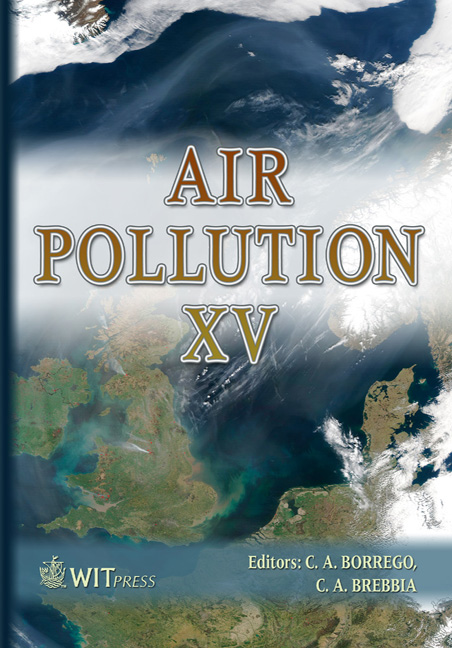Assessment Of Particle Pollution In An Industrial Area In Kuwait
Price
Free (open access)
Transaction
Volume
101
Pages
10
Published
2007
Size
976 kb
Paper DOI
10.2495/AIR070511
Copyright
WIT Press
Author(s)
H. Tang, M. Al-Sudairawi, S. Mathkory, M. Al-Mutairi, A. Ali & M. Behabahani
Abstract
Particles less than 10 µm in diameter, which are named as respirable particle (RPM) by the OSHA have very low sedimentation speeds under gravity, and may remain in the air for days before eventually being washed out by rain or impacted out onto vegetation or buildings. RPM are a very important environmental pollutant, which can causes visibility, surface soiling, and health problems. Therefore, it is necessary to find concentrations of the RPM in ambient and working places. This paper will discuss a study of PM10, PM2.5 and RPM in an industrial area of Kuwait. This area houses several construction material industries such as cement bricks, marble products, paving products etc. Due to the industrial nature, an intensive amount of dust is generated in the confined working environment. The sampling sites included indoor and outdoor areas. Sampling periods were from cold to hot weathers. Thus, comparisons under different weathers, different locations, and in-out doors can be made. Keywords: air pollution, PM10, PM2.5, respirable particle, health effect. 1 Introduction There are many particles floating around in the air, some of which cannot even be seen. Particles can be solid particles or liquid droplets. They are ranged from 0.1 to 50 µm which are called total suspended particles (TSP). The small particles less or equal to 10 µm can be further divided into two major groups according to sizes: coarse particles (PM10) and fine particles (PM2.5). Particles less than 10 µm in diameter tend to pose the greatest health concern because they
Keywords
air pollution, PM10, PM2.5, respirable particle, health effect.





